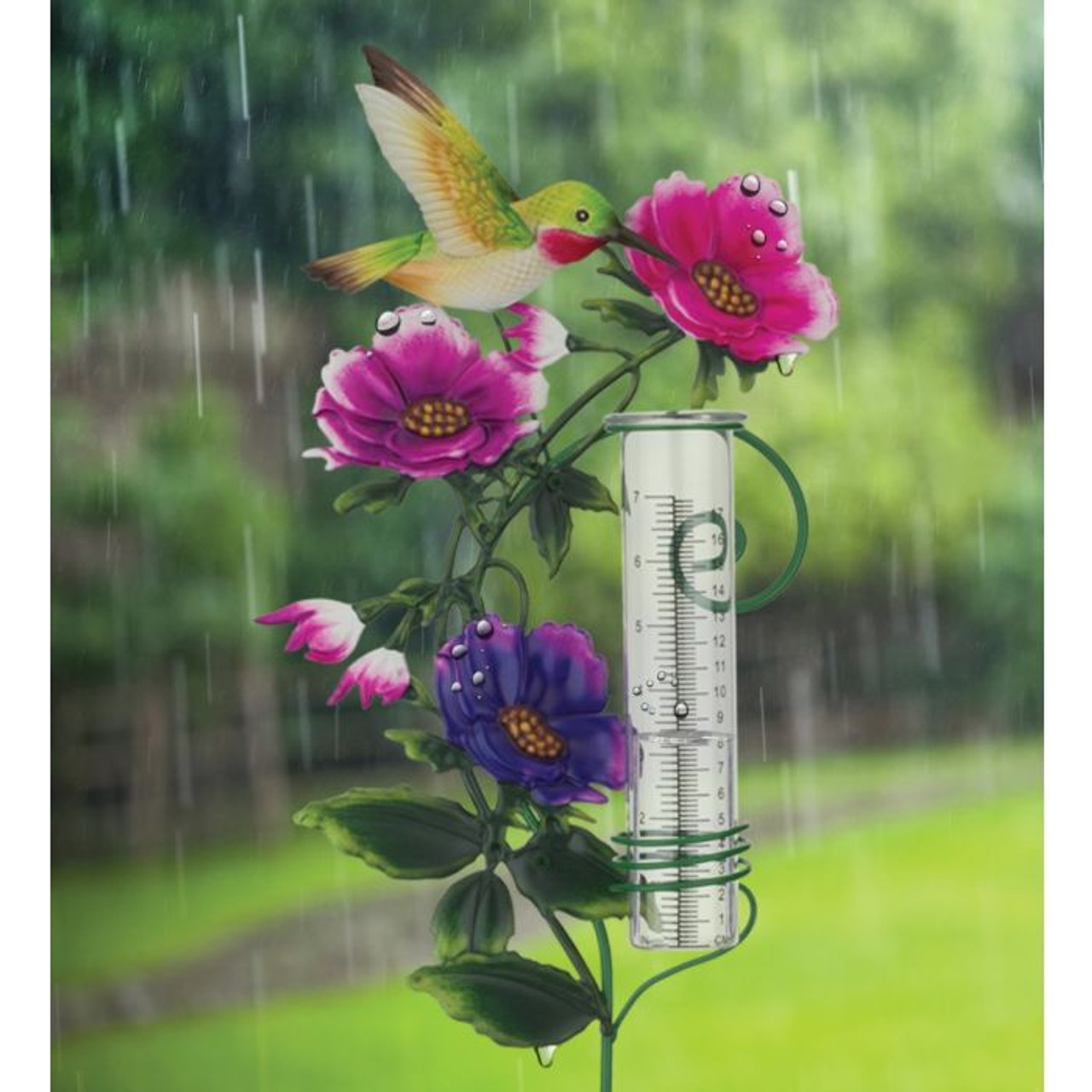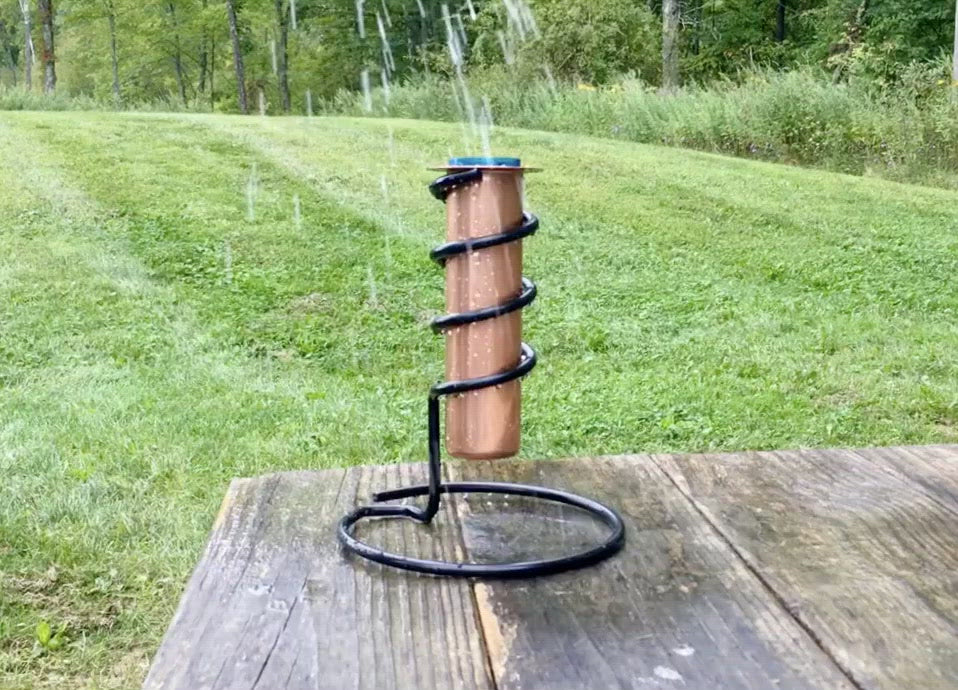The Rain Gauge: Essential Info and Ideal Practices for Weather Lovers
The Rain Gauge: Essential Info and Ideal Practices for Weather Lovers
Blog Article
Do It Yourself Rainfall Scale: Easy Steps to Make Your Own
Developing your own DIY rain scale is a reliable and simple means to determine and tape-record precipitation. With simply a couple of typical products and some fundamental actions, you can easily build your own rainfall scale at home. Let's get begun on making your DIY rainfall gauge today!
Gather Products
To start creating your Do it yourself rainfall scale, gather all the essential materials making use of a comprehensive listing of items. Having the right products on hand will make sure the effective creation of your rainfall scale and permit for precise dimensions of rains. Gathering these products in advance will certainly streamline the building process and guarantee that you have every little thing you require to create your very own DIY rain gauge.
Prepare the Container

Mark the Dimension Increments
To properly determine the amount of rainfall, precisely marking the measurement increments on your do it yourself rainfall scale is vital. Without precise and clear markings, it would be tough to establish the specific quantity of rains collected in your rain scale. Below are the actions to note the measurement increments on your rain scale.
First, select the device of measurement that you want to use. One of the most usual units for measuring rainfall are millimeters and inches. Once you have selected the system, use a long-term pen or waterproof paint to mark the increments on the side of your rain scale. For inches, you can mark every quarter inch or every half inch, depending on your preference. For millimeters, you can note every 10 millimeters or every 20 millimeters.
When marking the increments, it is essential to make certain that they are evenly spaced and clearly visible. Use a ruler or gauging tape to guarantee precision and uniformity. Furthermore, see to it that the markings are immune to fading or massaging off, as exposure to the elements may create them to degrade with time.
Place the Rainfall Scale Outdoors
The rainfall scale ought to be positioned outdoors to precisely accumulate rains information. The location picked for the rain scale need to be open and complimentary from any type of blockages that can possibly influence the measurement of rains. It is important to locate an area that is not obstructed by trees, structures, or other structures that might obstruct the rain from reaching the gauge. This will guarantee that the accumulated data is agent of the real rains in the location.
Furthermore, it is vital to place the rainfall scale on a stable surface area, such as a level ground or a strong post. This will protect against any movement or tilting of the gauge, which could cause inaccurate measurements. It is likewise advisable to stay clear of positioning the gauge near any resources of synthetic water, such as sprinklers or drainage systems, as this can disrupt the precision of the dimensions.
Screen and Document Rain Information
Regular monitoring and recording of rains data is crucial for accurate data analysis and analysis. By keeping an eye on rains measurements, you can obtain useful insights right into weather condition patterns, climate patterns, and water resource administration. To properly check and tape rains data, it is necessary to develop a regular and preserve constant techniques.
Firstly, guarantee that your rain scale is placed in an open area far from challenges such as trees or buildings that might obstruct rainfall. Furthermore, make certain the rainfall gauge is degree Bonuses and firmly secured to stop any kind of activity that might affect the precision of the dimensions.

When tape-recording the rainfall information, it is very important to note the day and time of each dimension. Make use of a leader or a gauging stay with determine the rainfall depth in the rain gauge, and record this information properly.
To guarantee the precision of the measurements, it is advised to clear the rain scale after each recording. This will protect against any overflow or evaporation from affecting succeeding measurements.
Verdict
To conclude, developing a DIY rainfall gauge is a useful and straightforward means to keep an eye on and record rains data (The Rain Gauge). By adhering to the steps outlined in this write-up, you can easily gather materials, prepare the container, note the dimension increments, and place the rain scale outdoors. Consistently checking and tape-recording rains information can view publisher site offer useful info for different purposes
Having the best products on hand will certainly make sure the successful creation of your rain scale and permit for precise measurements of rainfall.To properly determine the quantity of rains, accurately noting the dimension increments on your Do it yourself rainfall scale is crucial.The rain scale should be placed outdoors to accurately gather visite site rains information. The place selected for the rain scale must be open and totally free from any type of blockages that might potentially affect the dimension of rainfall.In final thought, developing a DIY rain scale is a basic and practical method to monitor and record rainfall data.
Report this page